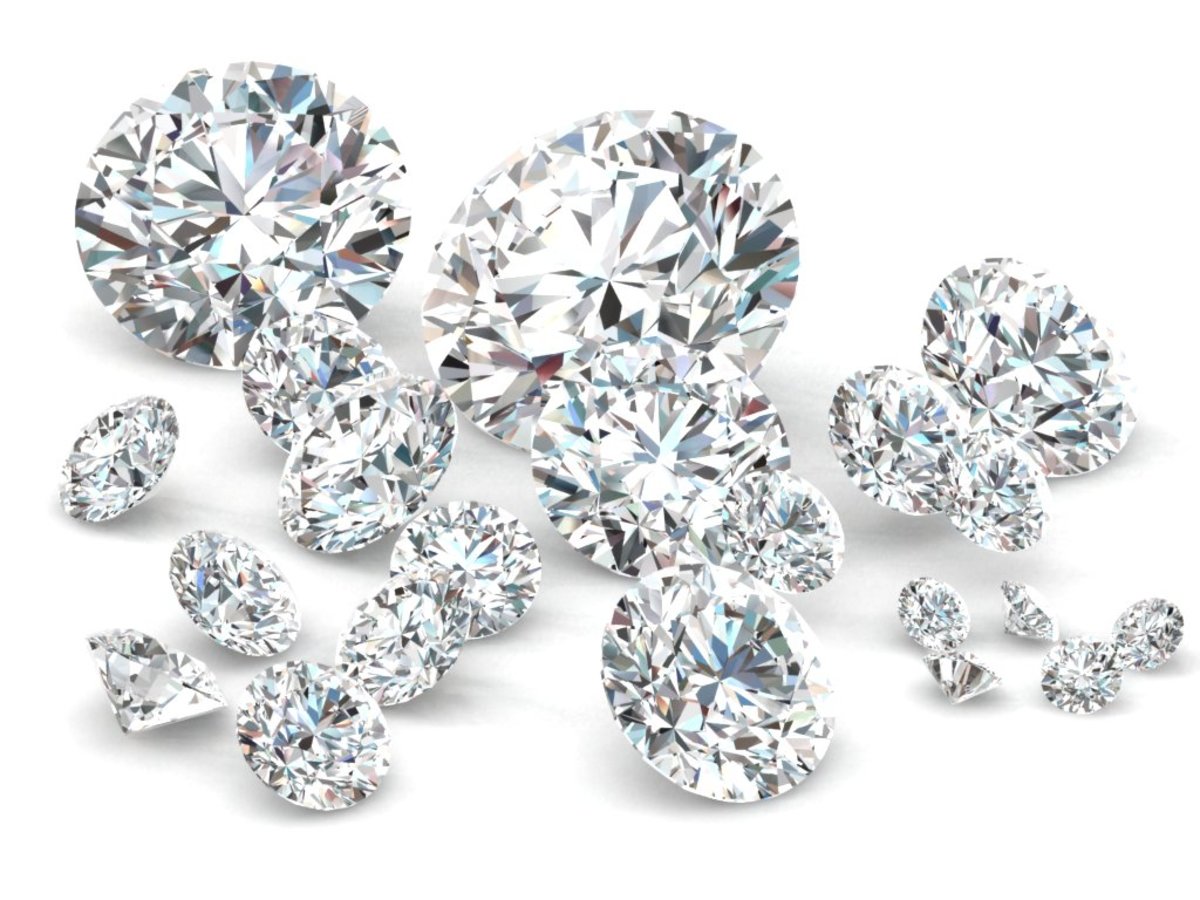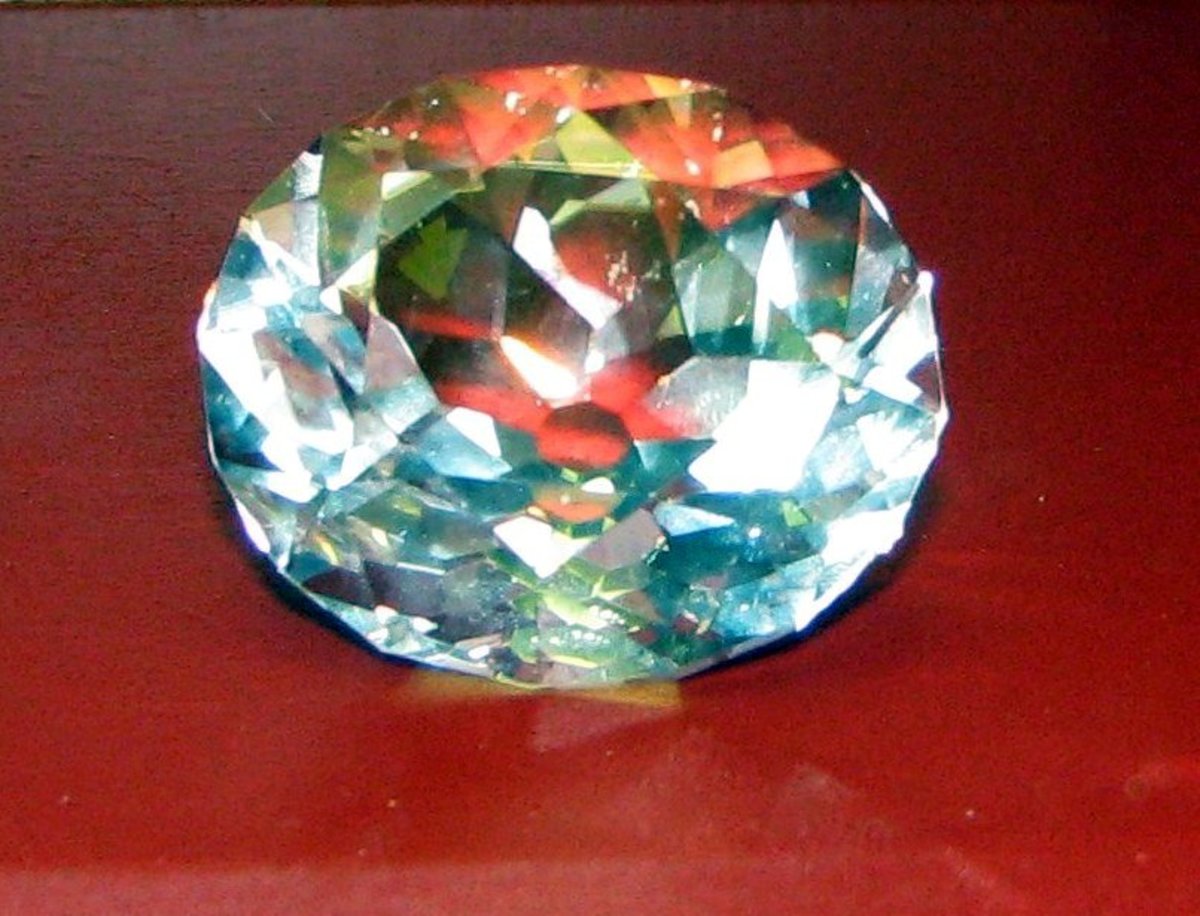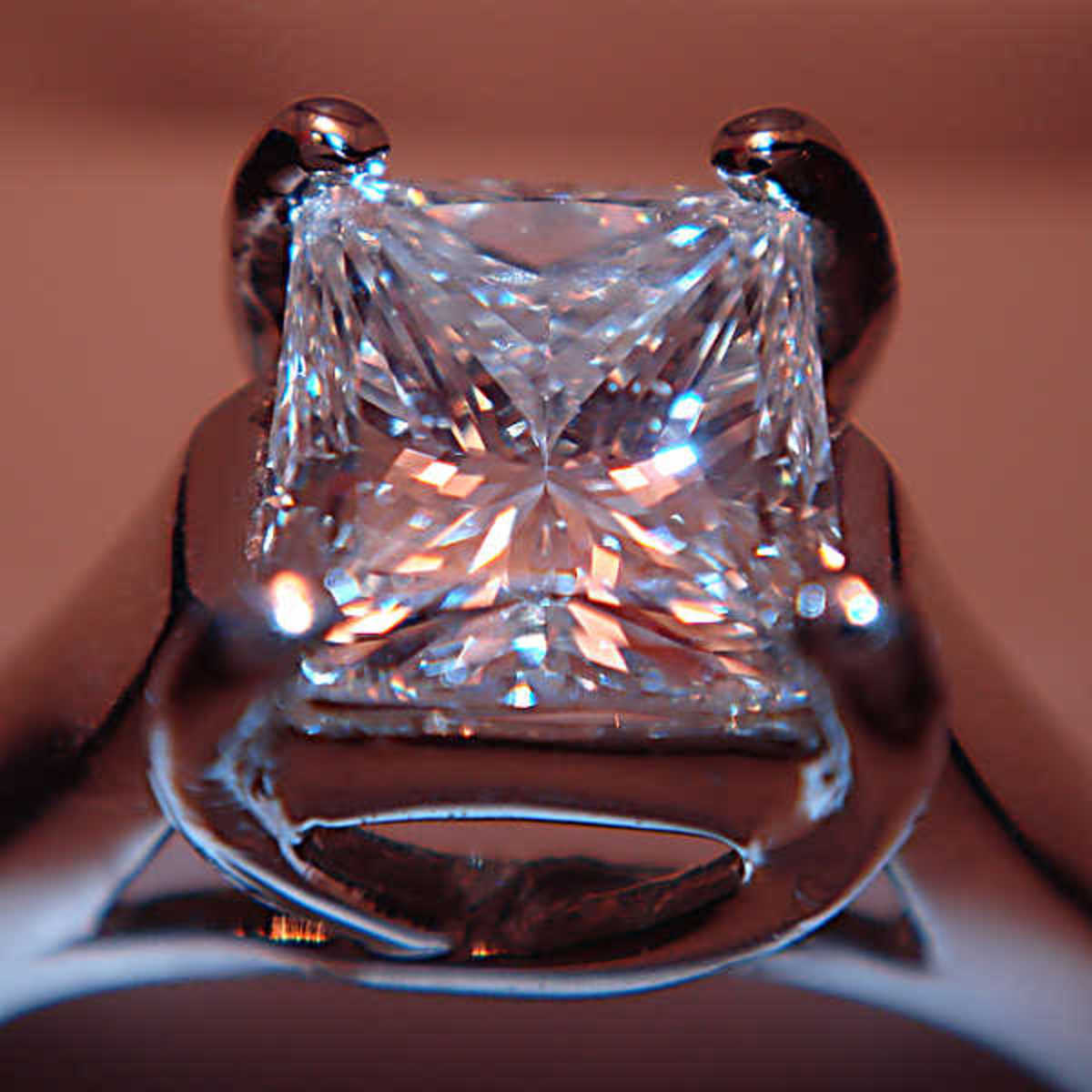The Way Diamonds Are Cut

Uncut Diamond Rock
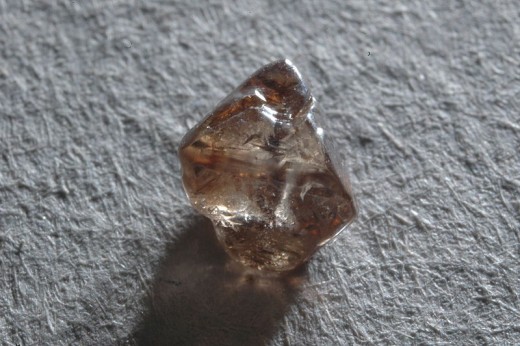
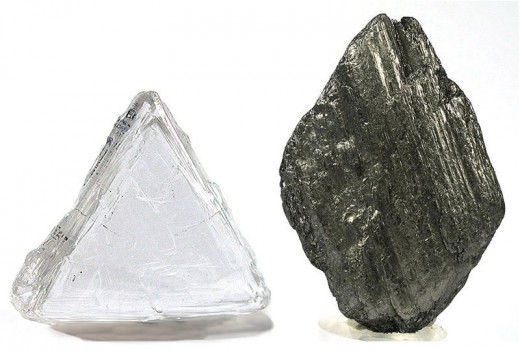
An uncut diamond, no matter how large, looks as unimpressive as a rough lump of cloudy glass. To show its fire, beauty and brilliance it must be cut and faceted with extreme accuracy. A great deal of skill and patience is required, since diamond is known to be one of the hardest natural substance in the world compared to other similar stones like wurtzite boron nitride and lonsdaleite.
The first step with a big stone is to cleave it along the natural planes of weakness in the crystal's structure. For diamonds of crown-jewel size it is the most risky part of the whole operation. The cleaver has to calculate from the shape of the uncut stone the right direction from the cut. Once the stone has been cleaved, a saw has to be used for the rest of the cutting process, which is usually carried out by another person. The stone is clamped in padded claws, called a 'drop', or in a mount of plaster of Paris. Then it is lowered onto the edge of a paper-thin disc of phosphor bronze, which is a very hard and strong metal alloy. The disc rotates between 4000 and 6000 times per minute. The edge is coated with a mixture of diamond dust and oil, which saws slowly through the diamond. A diamond weighing one carat, which is one-fifth of a gram, will take between four and eight hours to cut.
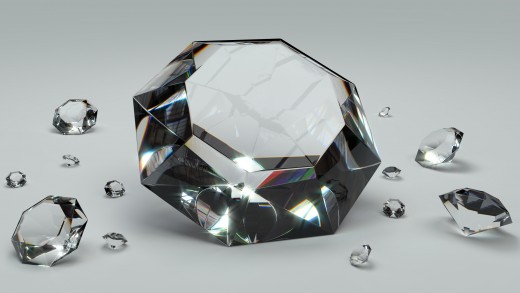
Next the stone must be roughly shaped by rubbing it against another diamond in a process called 'bruting'. One diamond is rotated by a lathe while the other is held against it. The tiny fragments of diamond dust chipped off are carefully collected for sawing and polishing the stone later on. The final shape of the gem depends on the form of the original stone, but because it has to be cut in certain ways a lot of diamond is lost. The final gem usually weighs just under half the uncut stone.
The last stage is to cut and polish the facets that give diamonds their brilliance. The stone is mounted in a 'dop' and then held against an iron wheel coated with diamond dust and oil. The wheel spins at about 2500 revolutions per minute, grinding and polishing each facet in turn. The diamond is finally plunged into boiling sulfuric acid to clean off all traces of grease and dirt - a process which does no damage to the diamond at all.
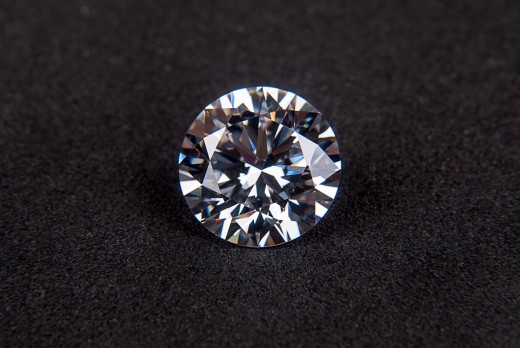
Learn more about diamonds
- Diamond - Unbury a Treasure!
Lets dig into the world of diamonds. We will explore the characteristics of diamond, how they are formed and where they can be found. Diamonds journey to Earth's surface is intense, so hold on tight!

